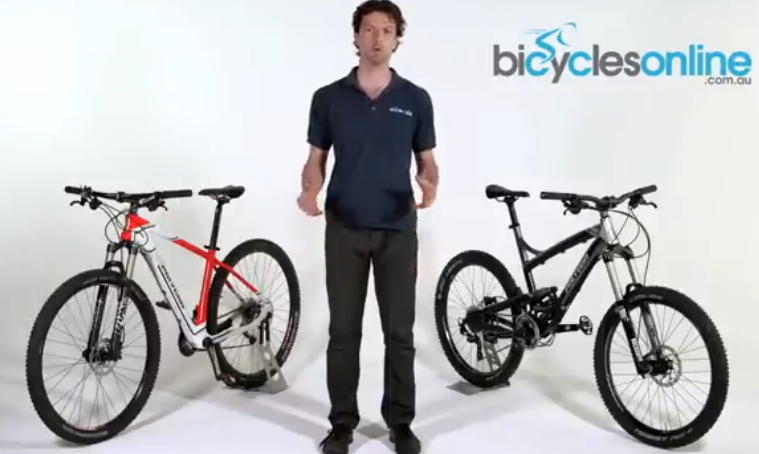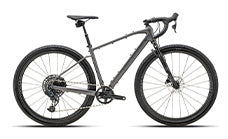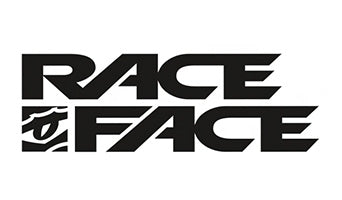Mountain Bike Showdown: Hardtail vs. Dual Suspension

Mountain bikes are probably the most versatile bicycles and are often labeled as a “can do all” kind off bike. In this "How To" guide we will not discuss what a mountain bike is good for, but will focus on what kind of mountain bike fits you best, Hardtail or Dual Suspension.
All mountain bikes have a front suspension fork. Front suspensions fork usually start at 100mm of travel, approximately 4inches, and depending on the bike’s purpose, can go up to 200mm, approximately 8inches. On the rear wheel, some mountain bikes have rear suspension and some don’t. When a mountain bike does not have rear suspension, the industry calls them “ Hardtails”. When there is rear suspension on the bike, they get the designation of “Dual Suspensions”. Like in the Front Fork Suspension, Rear Suspension travel ranges from 100mm to 200mm and this is normally on par with the fork, i.e. if you have a mountain bike with 140mm fork suspension, you normally have 140mm of rear suspension.
Why should I go for a Hardtail Mountain Bike?
Hardtail Mountain Bikes have been around for a long time now and are a very efficient bike to go off-roading with. Recent developments and materials used on the frames made these bikes more comfortable and affordable than ever before.
Hardtails are great if you ride on dirt roads and light cross country, where rocks and roots might be a part of your ride but are in no way a constant. Plus, having a lighter bike with a friendlier price tag makes all the sense if you don’t want to go all out on downhill sections.
Finally, another big benefit for hardtails is the cost of servicing the bike. With less moving parts (rear suspension system) it means that you will have fewer things to replace or repair when you take the bike in for a service.

Why should I go for a Dual Suspension Mountain Bike?
If you want to hit the local trails with your mate and have fun on the downhills, dual suspension mountain bikes will have you covered. It allows for bigger hits, steeper descents and won’t punish you every time you make the wrong call at speed.
Dual suspension mountain bikes are also great if you plan on spending more time on the saddle. Doing a 3hour XC ride on a hardtail will get your back and legs tired as you need to get out of the saddle every time the trails gets rough, your body will take all the impacts on the rear wheel and fatigue will set in faster. Having a Dual Suspension for longer rides means that the impacts to the rear wheel will be absorb by the rear shock and you can stay in your saddle for most of the time, saving you a lot of energy for those last km’s.

Mountain Bike Gear Levels

Entry level Polygon bikes will start with this groupset. With every new year, Shimano technology trickles down their groupsets and the Shimano Altus now features specs that you could see 2 years ago on Shimano Deore and SLX. These bikes will now have 27 speeds, 9 in the back and 3 in the front. The main objective of entry level components is reliability.

Shimano Alivio is still considered to be an entry level groupset for Shimano but over the last couple of years has seen this change quite a bit with added features from the higher spec’d groupsets. Shimano Alivio is now seen as a reliable and trusted groupset with a price tag consistent of entry level componentry but works like mid level componentry.

Shimano Deore has seen massive upgrades to the groupset and features some features that you can see on Shimano SLX and Shimano XT groupsets. The addition of the 10th speed, Hollowtech bottom bracket and external bottom brackets to the Deore groupset make this an extremely solid choice for the years to come and will make upgrades on your bike very easy to do, as the top tier groupsets have the same number of gears.
Mountain Bike Suspensions
Coil Suspension
Coil suspensions work with a steel spring inside and oil to lubricate all components. The main benefit of these forks is their reliability and longevity, as you hardly have to service them or worry at all. They do have some negatives, like the extra weight (800 grams more than air forks) and the lack of adjustability on them.
Air Suspension
Air suspension forks are much lighter and can be adjusted to the rider’s weight, but they require more maintenance and periodical checks to make sure everything is sealed and running smoothly. For an entry level mountain bike, air forks represent a massive upgrade as the weight benefit really changes how a bike behaves on the trail, less weight on the front of the bike makes it quicker to change direction and easier to lift the wheel over obstacles. Also, it's less weight you need to carry up the mountain.
Mountain Bike Brake
Hydraulic Disc Brakes are the norm for modern mountain bikes. The advantages of having hydraulic disc brakes on your bike are on the braking power and modulation. Hydraulic disc brakes don't need to be pulled super hard to deliver more power braking as the hydraulic system inside will be the one responsible for powering the brake, leaving you to just control the lever position with one finger and come to a controlled halt.















































































